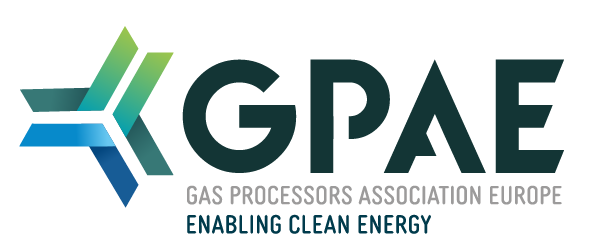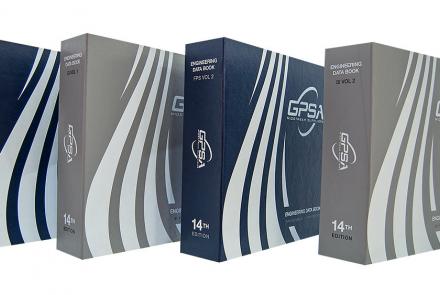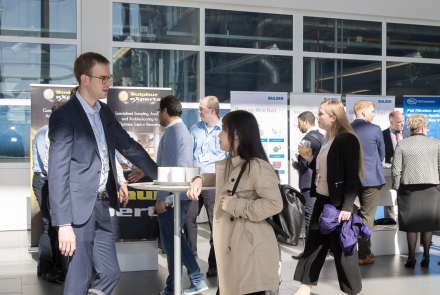Order your copy of the The GPSA Engineering Databook. The 14th edition is almost 1,000 pages of technical information and is the worldwide authoritative resource for technical and design information.
How Enhanced Reality Technology Increases Operator Competency and Reduces Human Error
The baby boomer generation continues to retire and turnover in the process industry (the great resignation) is impacting many manufacturing sites with severe ‘brain drain’ at all levels, especially operators. The industry is searching for ways to make onboarding of new hires and plant specific qualification more efficient and effective. Traditional methods, like classroom training and shadowing experienced colleagues and SMEs for an extended period of time, are important but no longer sufficient.
Moreover, these traditional ways to pass on procedural knowledge tend to be highly dependent on the individual (people), which hinders standardization. Over time, shifts develop different ways of doing things, departing from the original procedure or taking shortcuts. In many instances, this leads to practice in the field not reflecting the written procedure. Our industry has a clear need for more transparency and a higher level of control over the practical procedural knowledge of the workforce (tribal knowledge), as well as a way to check and measure the level of operator knowledge and procedural compliance.
In addition to the shortcomings of traditional training, a common cause for practice in the field not reflecting the written procedures is that the ‘procedure clarity’ is often suboptimal due to the ambiguities or general statements in the procedure steps.
These challenges and shortcomings directly impact operational productivity due to long onboarding times and unplanned equipment downtime as a result of operating errors. They also directly impact plants’ safety performance, especially where actions cannot be automated and secured by safety instrumented systems. The flawless interaction of operators with the asset is an important layer of plant safety.
Enhanced Reality (ER) technology has been proven to solve the challenges described above. It allows simulating standard operating procedures in a photorealistic 3D environment (digital replica) for users to review, practice and test on standard operating procedures on-demand and on any device. Manufacturing organizations can capture their practical procedural expertise (Tribal Knowledge) and are able to measure and track procedure competency across their operators. This methodology has been labelled Digital Twin of the Person (DToP) by Gartner (1), referring to the human-centric approach of this technique.
Our presentation will include case studies from some of the process industries biggest companies that demonstrate the impact of improved procedure clarity and more consistent execution, which reduces unplanned events and speeds up operator onboarding while capturing more ‘tribal knowledge’.


